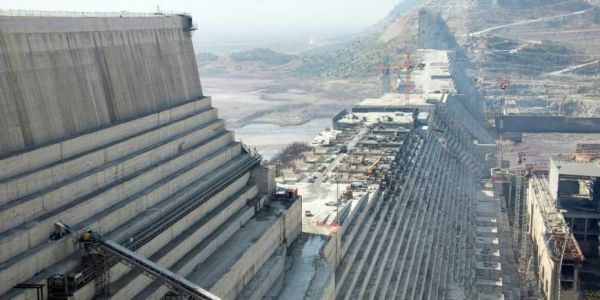Forecasts are higher resolution, providing hourly observations at the individual beach level.
articles
Preliminary Analysis Concludes Pacific Northwest Heat Wave Was a 1,000-year Event…Hopefully
To study extreme heat events, experts use observations and models to draw a picture of how often events of a given intensity occur in the present compared to the past or the future.
China's Carbon-Monitoring Satellite Reports Global Carbon Net of Six Gigatons
About six gigatons — roughly 12 times the mass of all living humans — of carbon appears to be emitted over land every year, according to data from the Chinese Global Carbon Dioxide Monitoring Scientific Experimental Satellite (TanSat).
Using Silicone Wristbands To Measure Air Quality
A Texas A&M study found that these inexpensive, convenient devices can measure exposure to a class of chemicals that can be harmful during pregnancy.
Water Resources: Defusing Conflict, Promoting Cooperation
The EU funded project DAFNE has developed a methodology for avoiding conflicts of use in transboundary rivers.
Big Data-Derived Tool Facilitates Closer Monitoring Of Recovery From Natural Disasters
Texas A&M researchers have mined location-based data to essential establishments during Hurricane Harvey to develop a framework for monitoring communities’ resilience.










